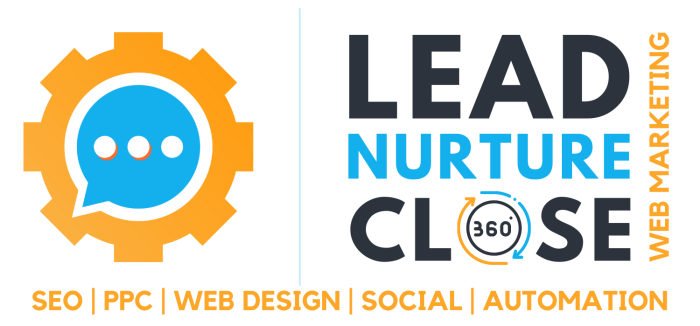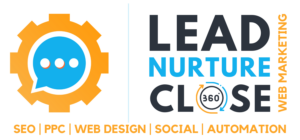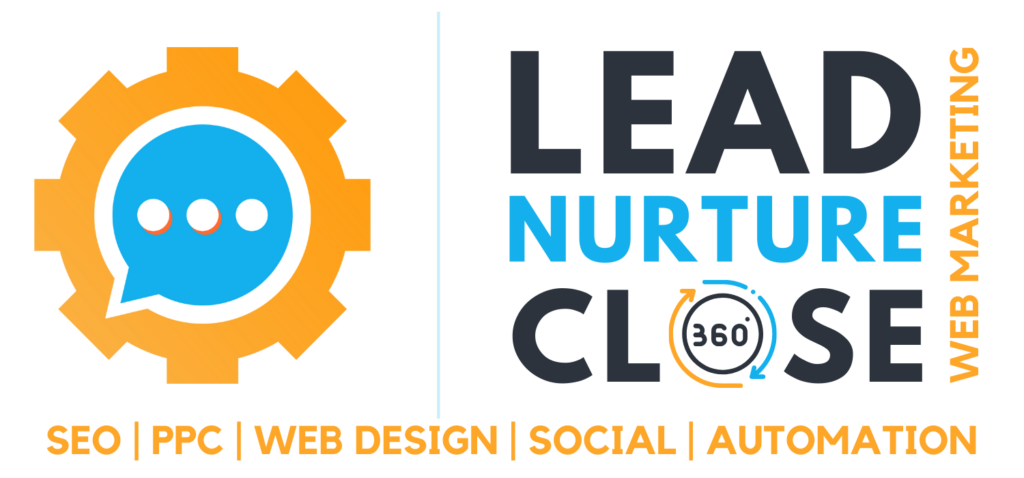The most important thing to remember about social media is that, while most social networks provide all the tools their members need to become content producers, the content produced for these platforms will always be user-generated and submitted by members. Whether the content is text, photos, videos, pins, customer reviews, a blog, a vlog, and/or links to other noteworthy social networking websites, the content always comes from the user, not from the publisher. The social network provides the platform and all the tools necessary for a piece of content’s distribution, but it remains separate from the actual content if only to ensure the content’s integrity.
A company is only as strong as its weakest customer relationship, and social media can help brands reach their customers in highly effective and extremely affordable ways. Businesses should look to social media to help them add interactivity to a website, for brand management, to build fanbases, to engage customers, to collect customer feedback, and encourage social shopping.
Add Interactivity to a Website
Adding social media to a dull website can turn it into an active, search engine optimization (SEO)-friendly site, a highly interactive destination that draws interested users and/or customers who can become active participants in the marketing of the site and company. Adding “Like” buttons makes it easy for users to share content through Facebook, Instagram, LinkedIn, Twitter, WeChat, WhatsApp, Pinterest, Discord, and YouTube. On those social sites, businesses can add images, GIFs, videos, music, reviews, etc., that will keep customers interested in the company’s products as well, potentially, attract new customers. A brand’s website can suddenly become a destination to visit and revisit, which will have the added effect of increasing the site’s SEO.
Brand and Anti-Brand Management
Online brand communities can foster emotional bonds between brands and their customers. Brands can create channels on social networks like Facebook, Instagram, Pinterest, YouTube Snapchat, and LinkedIn, where the brand can interact with their customers in a one-to-one conversation. Wikis and discussion forums are also useful for brands to relay important technical information about their products or the history of their company. Innovation hubs can extend the discussion forum as well as allow users to post ideas they might want the company to explore. Brands can also use content aggregation sites to share all kinds of content, including instructional videos or corporate messages should a social media crisis suddenly flare up.
Anti-brand initiatives usually come into play once a business find itself under attack. Anti-brand websites are easy to set up and are often used as a weapon to organize boycotts or protests. The internet has made it easy for disgruntled consumers to broadcast their messages of complaint far and wide. The internet extension .sucks can be purchased from many internet providers, and it doesn’t take much to get a website online these days. Many current anti-brand websites are catchy, and they poke fun at a targeted company with domain names like Northwest Airlines’ Northworstair.org, Safeway’s Shameway.com, Coca-Cola’s Killercoke.org, etc. All joking aside, these websites can be highly damaging to a brand, and do fall under protected free speech so are not easy to have removed.
With anti-brand websites, the goal is to push a negative opinion of a targeted company, often based on a disgruntled customer or employee’s experience with the brand. These single voices shouldn’t be discounted, because they can reverberate through social media instantly, creating highly negative sentiments that can quickly take on a life of their own as they reverberate powerfully through multiple social media channels.
Build Fanbases
Whether they’re called fans, friends, followers, pinners, or subscribers, building a community of users will help a business grow its customer base as well as let these customers participate in a conversation about a brand. The best way for brands to encourage engagement and interaction on social media channels, even highly text-driven ones like Twitter, is to constantly put out quality content that includes images, GIFs, videos, and/or multimedia links within a post. Keeping fans updated on the latest brand events and company developments will keep the brand top of the mind with consumers. Running competitions is also another great way of fostering engagement, but the most important thing is to keep the engagement going, continuously push quality content that is interesting, so fans and customers have reason to return.
Engage Customers and Potential Customers
Social media has really upped the ante when it comes to customer engagement because, through these channels, customers can both connect with brands they are interested in as well as join a community of like-minded people who support and empower the brand. What social media has added is the horizontal customer-to-customer engagement that can be an important part of increasing marketing reach, perhaps even making a piece of content go viral.
Engagement encourages engagement and brands should use make sharing content as simple as possible. Engagement, however, isn’t just about pushing content onto platforms, it can also be about listening to the customer’s voice. Smart brands listen to what their customers, potential customers, and the customers of their competitors are saying and doing online and then acting on that information appropriately.
Whether the engagement is through tweets, pins, images, videos, games, messages, blogs, PowerPoint presentations, or even podcasts, engaging on social media allows brands to align their content creation with their company priorities. Social media engagement can both guide the conversation as well as generate buzz for a brand’s new products and/or solutions. Ultimately, social media engagement lets brands stay connected with their customers, and it fosters a two-way dialogue that should help shape the company’s growth and bottom-line performance.
Harvest Customer Feedback
Social media is the perfect platform to harvest customer feedback and to learn about customer behavior. Nothing compares to the data measurement capacity of a mobile phone or a tablet, which can track a sale from the ad exposure, followed by the persuasive effect of the advertisement and, finally, to the actual purchase of the product advertised. In some situations, a product can be purchased with a mobile payment app on the phone so every aspect of the sale, from discovery through to final purchase as well as the product download, was contained within the mobile phone. Mobile analytics can effectively track all the steps to purchase, revealing information like a mobile user’s network, his or her device, and its location. Today’s mobile devices can capture mobile metrics such as link tracking for campaign analysis and page tracking for site analysis. By analyzing the vast amounts of unstructured social media data, businesses can discover important brand and customer trends.
Text mining and Natural Language Processing (NLP) is a form of data mining that attempts to find patterns, models, and/or trends in either structured or unstructured data to understand user sentiment. Today, many companies are using social media to listen to and engage with their customers, using it to handle customer complaints, product suggestions, and the overall customer opinions of a company.
Social media is also being used for highly effective competitor analysis. Brands should constantly monitor their social channels, as well as their competitor’s channels. Competitive benchmarks should be set, and information should be gleaned from social media conversations, both about the brand and their competitors. Once social media sentiment has been benchmarked, brands will be able to analyze the ongoing impact of marketing campaigns, allowing them to tweak areas of their marketing spend and budget. All in all, social media has become a great channel for brands to both harvest their customer’s sentiments and gain a real competitive advantage for their products and services.
Social Shopping
Today’s online shoppers are more socially active than they’ve ever been, and shopping has become a participatory event, with buyers and potential buyers sharing their knowledge about a company’s products and services with the community at large. Since their users were already actively discussing products on their social sites, it only made sense for social media platforms like Facebook, Instagram, Pinterest, and WeChat to figure out ways to help their users buy the products they discuss. Although it took a little while, Facebook, Instagram, Twitter, WhatsApp, and WeChat have the ability for interested buyers to purchase products directly from brands.
Twitter is especially useful for brands who want to quickly move perishable inventory. United and JetBlue use it to sell last-minute airline seats. The same can be done with hotel rooms, concert and theater tickets, and sporting event tickets. WeChat might be showing the future of social shopping, as they have a created a portal where groups can be set up by brands to showcase the latest product offerings. Small mom and pop shops throughout China use these groups to connect with their customers. Group-buy and flash-sales sites are popular in China, and they use WeChat to clear out inventory. Branded WeChat stores, also known as “Service Accounts”, let buyers purchase products from several large Chinese and US retailers.
Conclusion
Today, brands are recognizing the importance of social media by building communities of customers that let these people express their opinions about the brand, both positive and negative. Many companies are now building online communities directly into their company’s website. Apple’s online store has a built-in community that allows interested buyers to ask questions about products and services. These questions are answered by Apple’s customers, and there are thousands of active conversations going on at one time. It’s part of the Apple ecosystem that entices users and convinces them to pay the “Apple tax”, as it has become known, i.e., the additional price Apple users are willing to pay for a product that differs little to a competitor’s. This community has become a portal where Apple customers actively answer questions from others, and it is word-of-mouth marketing on steroids. It’s a platform that enhances loyalty and provides a customer service department to Apple that is basically free for them, beyond the charge of hosting their online store. Perhaps it’s not quite social media per se, but it did grow out of communities that had popped up throughout social media before.
Social media managers should be going out of their way to produce content that attracts comments, views, pins, likes, and, above all else readership. However, social media marketing becomes exponentially more powerful if users can be persuaded to create relevant and original content. A Facebook “like” is nice, but it requires little to no effort for a user to click on a ‘like’ button. A comment, however, is considerably more valuable because someone has actively gone through the process of writing down a comment to recommend or even attack a product and these reviews are highly important in a future purchaser’s judgment of the product. Brands should always be listening for both positive and negative sentiments about their products, and social media can be a highly inexpensive way to capture it.
Social media is the perfect place for both brand and anti-brand management. Businesses should be cognizant of the threat anti-brand activity presents. The internet has presented businesses with the ability to reach consumers in extremely cheap and easy ways, but there is a downside to this as it can give a loud and reverberating voice to jaded customers or disgruntled employees. These messages can also quickly go viral, as humans seem to be highly attuned to negative messages, and businesses need to counter adverse stories in the social media world. “A lie can travel halfway around the world while the truth is putting on its shoes,” is a quote attributed to many, and today that lie would encircle the globe before the truth even woke up, so it’s imperative that businesses be ready to counter any negative press once it comes their way.
All in all, social media is a powerful platform that can amply a brand’s voice, create communities for customers to promote the brand, and protect it from bad actors who might be out to do it harm, as well as encourage social shopping.

















